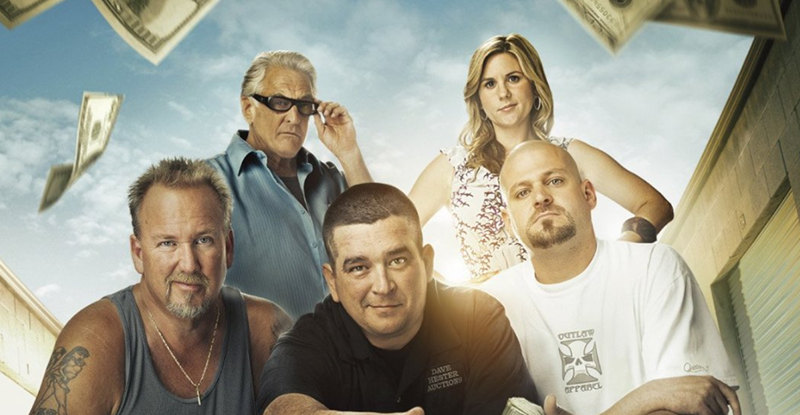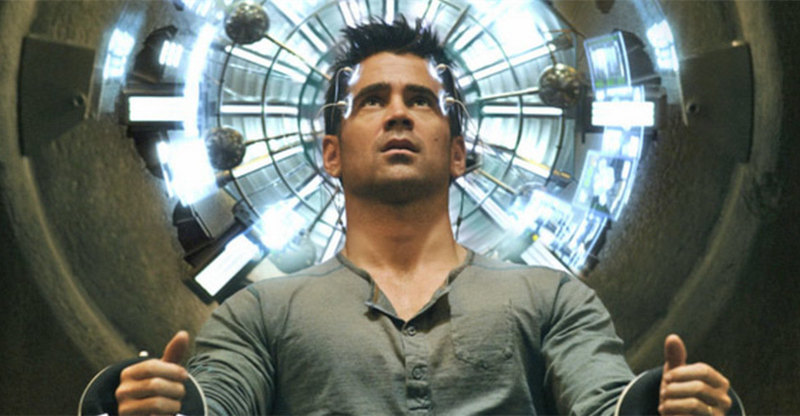As I re-watched “In the Heat of the Night” on Blu-ray, I was struck by two things: how much this film, like “Cool Hand Luke,” evokes the Sixties, and how, incredibly, it still manages to feel timeless and relevant, in spite of the period vibe.
From the Quincy Jones score and the Ray Charles-sung theme song that recurs as a refrain throughout the film, to the sound effects and editing sensibilities, this 1967 Norman Jewison film feels period even without the theme of racial tension. Add that, and it’s a poster child for the Sixties.
Sidney Poitier, who became the first African American to win the Best Actor Oscar for his work in “Lilies of the Field” (1963), plays Virgil Tibbs, a Philadelphia homicide detective traveling through Mississippi who’s picked up on suspicion of murder—simply because he’s black and a stranger in the small town of Sparta.
But he’s cool as Luke and twice as savvy, able to keep his head when everyone around him is losing theirs—including the local racist police chief. As I watched Poitier as Det. Tibbs butt heads and match wits with Rod Steiger as Chief Gillespie, I couldn’t help but appreciate how both men gave outstanding, nuanced performances, and wonder if the Academy voters didn’t take the easy way out by not even nominating Poitier for an Oscar, so a black actor didn’t have to go up against a white actor for the same movie.
I know, that sounds like another paranoid conspiracy theory, but that’s what living through the Sixties will do for you. Then again, Steiger earned his Oscar. He plays a good ol’ boy with such complexity that you find yourself sympathizing with him at times, even as you laugh about the spots that Tibbs puts him in, or the lessons he’s getting in social justice and civil rights.
To be fair, Tibbs gets a few lessons himself, and the fact that each character “gets” to the other adds to the cat-and-mouse aspect of two cops who couldn’t be more unlike who are forced to work with each other to solve a murder.
“In the Heat of the Night” is a heavily atmospheric film, along the lines of “A Streetcar Named Desire” or the much later crime drama “The Big Easy.” But somehow, Jewison and screenwriter Stirling Silliphant (TV’s “Naked City,” “Route 66”) manage to avoid southern stereotypes. With the exception of a diner owner who’s played a little “Twilight Zone” over-the-top, all of the characters feel exceptionally real. Fans of “Stripes” will take delight in seeing Sgt. Hulka (Warren Oates) in one of his many earlier serious roles—this time playing a cop who enjoys patrolling town just a little too much. But for the most part the supporting cast will be unknown.
As a whodunit, “In the Heat of the Night” manages to change direction quite a few times with the help of a few red herrings that seem to swim into the main narrative all on their own. That is, the twists are so integrated into the character development that you don’t even mind that they were obviously inserted as plot devices.
“In the Heat of the Night” won five Oscars out of seven nominations. Jewison lost Best Director to Mike Nichols (“The Graduate”), but found satisfaction that his film was named Best Picture, that Steiger won Best Actor, Silliphant earned a Best Adapted Screenplay statue, and the film also scored Oscars for Editing and Sound.
This crime drama still plays extremely well today—just as tense and richly drawn as it was when it first played in theaters. Camera angles and the integration of sound and image are edgy enough that the film at times almost feels as if it were made recently. That’s the secret of the best period dramas. They capture the period without being mired down by that period.
Video:
The pre-title and title sequences are a little rough, but once the film gets rolling it’s clear that there’s been some restoration and that this digital print is as good as I’ve seen this film. So many of the scenes are dark and shadowy that it would have been easy for detail to get lost, but that doesn’t happen. A few scenes are a little on the soft side, but edge delineation is strong, by and large, and black levels sufficient enough to keep images from looking smudged. “In the Heat of the Night” is presented in 1.85:1 aspect ratio. If there were any problems with the AVC/MPEG-4 transfer to a 50GB disc (33 MBPS), I didn’t see them.
Audio:
The audio is a richly timbred English DTS-HD MA 5.1 that offers effective channeling of directional sound, nicely prioritized dialogue, and a moody musical backdrop that kicks into high gear at several junctures and reminds you how much of a bass presence there is, despite the lack of “rumble.” Sometimes a mono soundtrack sounds off-kilter when it’s been remixed for home theaters, but I found this DTS-HD MA mix as natural as can be. If you need proof, just play the Spanish Dolby Digital 1.0 option or the French DTS-HD MA 1.0 and hear the difference. Subtitles are in English SDH, French, and Spanish.
Extras:
The main bonus feature is a commentary track that splices together separate interviews with Jewison, Steiger, actress Lee Grant, and director of photography Haskell Wexler. It’s an above-average commentary that offers a nice blend of the anecdotal and the technical.
Another feature worth watching is “Turning up the Heat: Moviemaking in the ‘60s” (21 min.), which combines talking heads with the usual illustrative clips. Jewison and Wexler turn up again, as does producer Walter Mirisch, Quincy Jones, and a number of academics and film historians. It’s fascinating to hear how Poitier wanted assurances that Jewison wouldn’t film south of the Mason-Dixon line, and that when they did find it necessary to film him driving through a cotton field they selected one as far north (Tennessee) as they could get.
“The Slap Heard ‘round the World” (7 min.) is basically a footnote on race, a reminder of how different the atmosphere was when “In the Heat of the Night” was shot. And you’ll wish it were longer, because it doesn’t feel complete.
Finally, apart from the original trailer there’s also “Quincy Jones: Breaking New Sound,” a 13-minute look at the composition and song-writing process.
Bottom line:
If you’re collecting Best Pictures, “In the Heat of the Night” was completely deserving of the Oscar then, and remains a taut crime drama almost 50 years later. Poitier and Steiger offer remarkably insightful performances that turn on small gestures and phrases rather than big confrontations, and that adds to the tension. It may be a snapshot of the Sixties, but “In the Heat of the Night” remains as effective as it was the day it was made.


